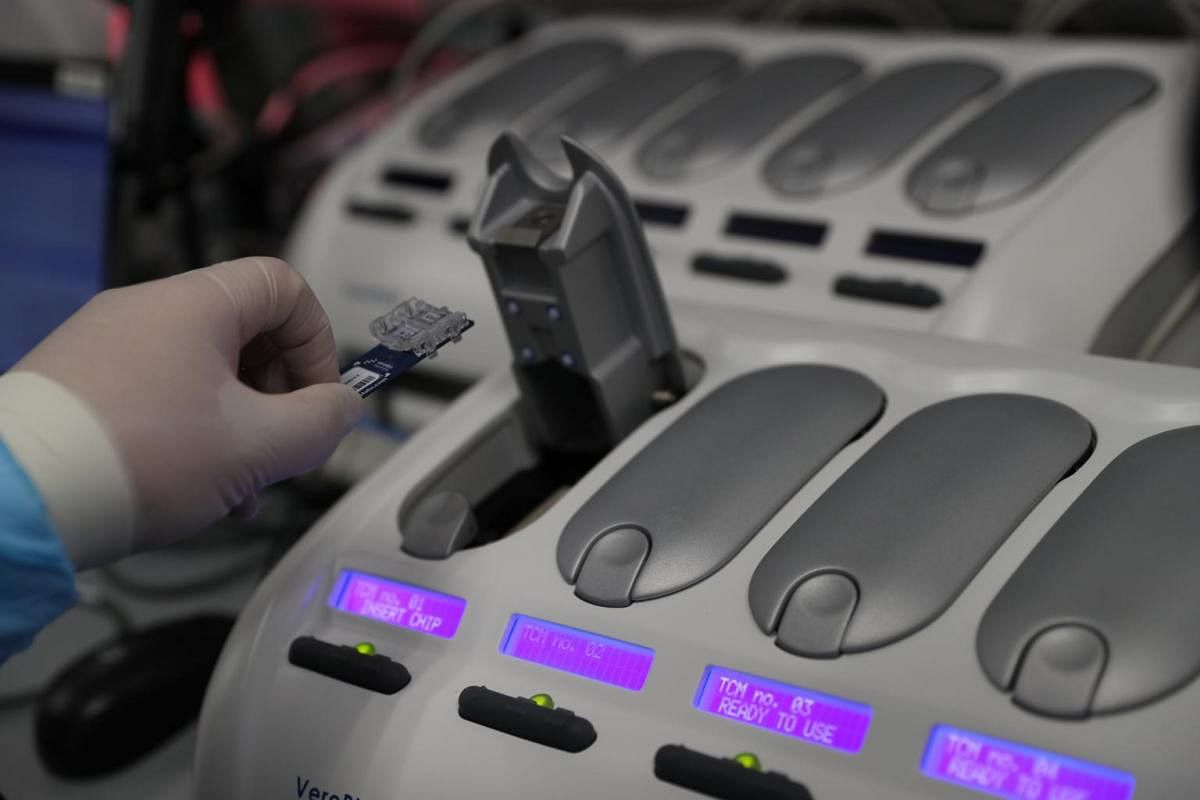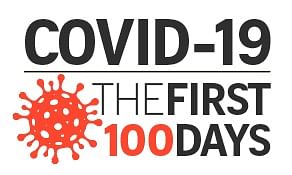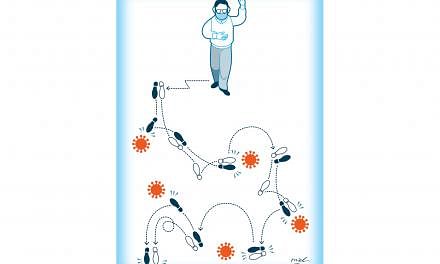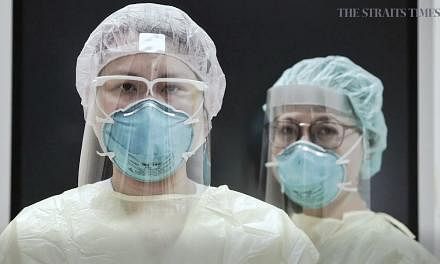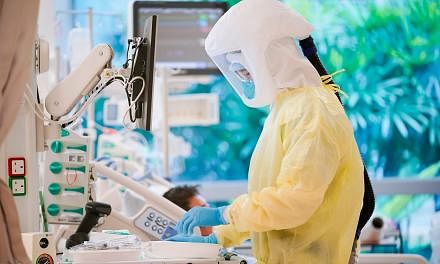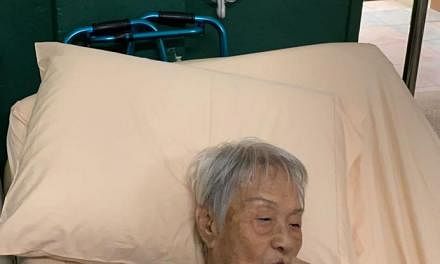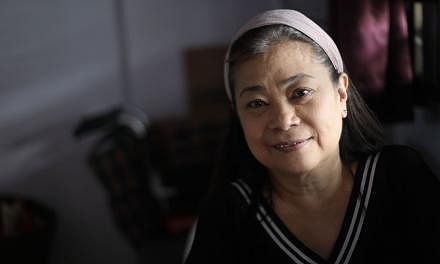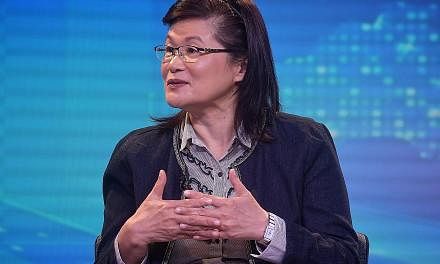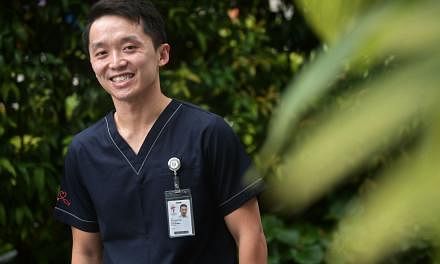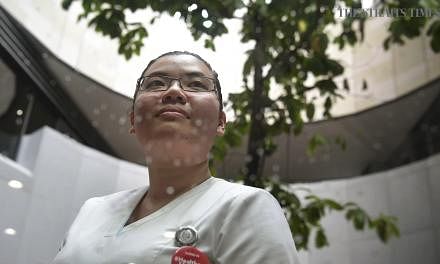While the presence of antibodies may be indicative that a person has recovered from Covid-19, it is not clear if they protect against the disease for sure.
For instance, there have been reports that South Korea is seeing a growing number of recovered Covid-19 patients who relapsed.
VACCINES, DRUGS AND THE WAY FORWARD
A successful coronavirus vaccine, on the other hand, would confer immunity, and developing this is the subject of research worldwide.
Billionaire Bill Gates, whose Bill and Melinda Gates Foundation is funding seven Covid-19 vaccine candidates, recently said a coronavirus vaccine could be manufactured at scale in just a year.
There are now at least 76 vaccine candidates and, in Singapore, the Duke-NUS Medical School has tied up with Arcturus Therapeutics in the United States to develop one, based on a new way of making a vaccine. Clinical trials are expected to start by August.
In the meantime, groups of scientists are studying how infected patients could be better treated. This includes efforts across the local research ecosystem to look at the use of repurposed drugs and explore various drug combinations that might prove to be an effective cure, says A*Star.
Professor Dean Ho, director of the N.1 Institute for Health and the Institute for Digital Medicine at NUS, is working with a collaborator to leverage artificial intelligence in the search for the best combination of drugs in the best doses to treat Covid-19 patients.
Because there are so many parameters to consider - from the type of drug to the ways the drugs can be combined and in varying doses - it is a task that can sometimes feel like searching for a nail in 10 galaxies, he says.
Enter IDentif.AI (pronounced Identify), a platform that can rapidly optimise drug regimens for infectious diseases.
The platform uses a pool of 12 carefully selected drugs - including the ritonavir and lopinavir combination used to treat HIV patients - to figure out the optimal dosage of drugs that can be used in combination for the treatment of Covid-19 patients.
There are multiple ways that drugs can work, Prof Ho explains.
One, the drug could have a direct effect on the virus. For example, it could stop a virus from replicating in the body. But there may be limits on how high a dose can be administered to a patient, because of factors such as how toxic the drug is, for example.
Two, in a cocktail of medicine taken by a patient, a drug could also help by reducing the side effects caused by another drug in the mix. Or, it could work by reinforcing the positive effects of another drug.
Prof Ho, who is also head of the NUS Department of Biomedical Engineering, says: "Biology is complex and drug interactions can be unpredictable. But AI allows us to interrogate and study huge parameters in a short span of time."
IDentif.AI could soon be used to rank the best drug combinations and dosing for Covid-19 patients, he says.
"And with the results, we will follow up with potential clinical collaborators in Singapore to potentially roll out a drug trial involving an AI-optimised combination of drugs, which may be a world's first."
Singapore's ability to respond rapidly with technology-driven solutions to the Covid-19 pandemic was possible only because of consistent investment in the nation's research, innovation and enterprise ecosystem, says NRF.
"Without the investments we made years ago, we would not have these capabilities today," says the spokesman.
"It is thus important that we continue to invest in building new capabilities today, so that we will also have the capacity to deal with the emergencies of tomorrow."
